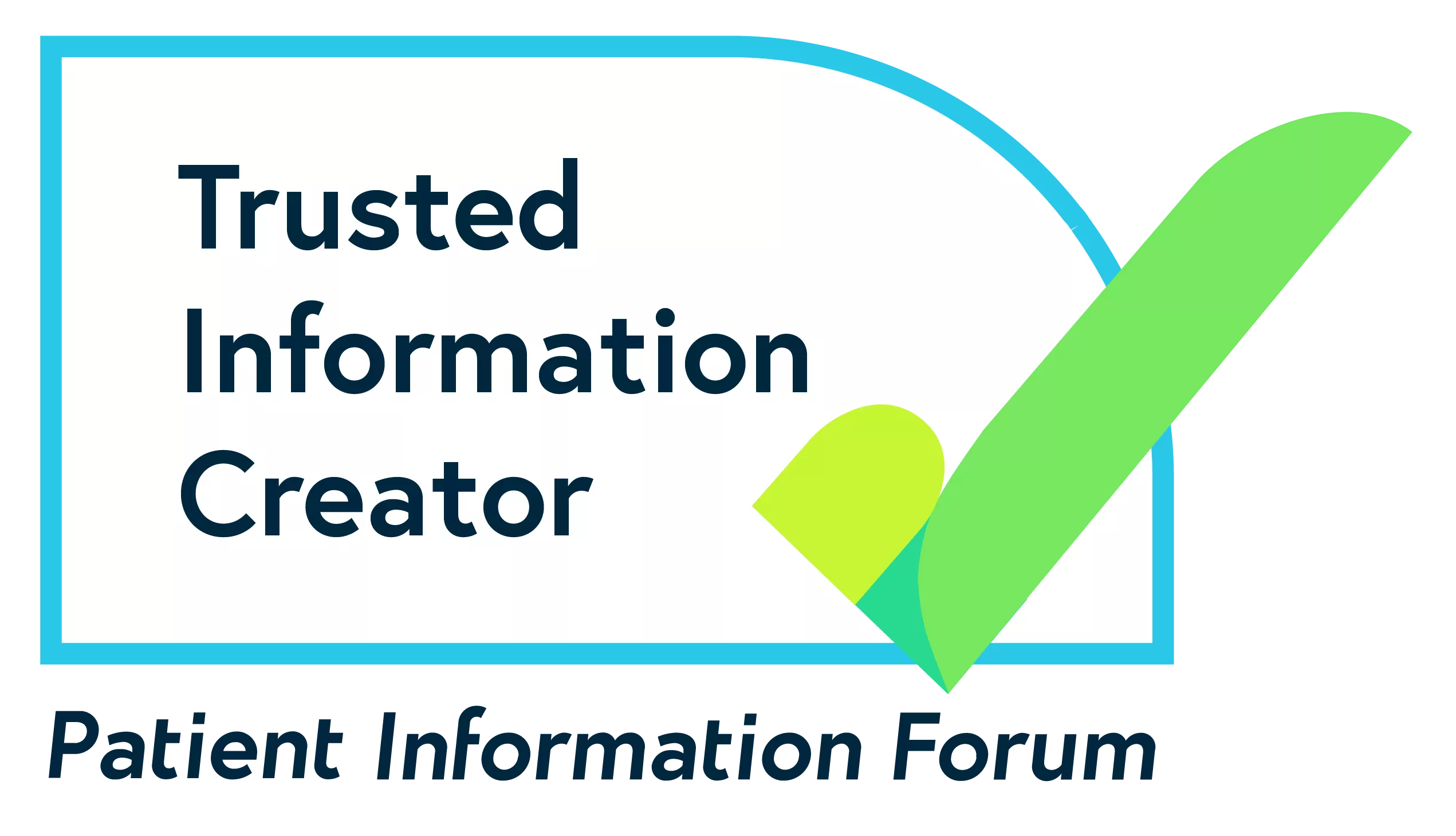Body dysmorphic disorder (BDD)
Explains the treatments available for body dysmorphic disorder (BDD), from cognitive behavioural therapy (CBT) and medication to specialist services.
View this information as a PDF (new window)
What treatments are there for BDD?
If you think you may have BDD, speak to your GP. They can refer you for an assessment and help you access treatment. If you're diagnosed with BDD, your GP should offer you treatment options recommended by the National Institute of Health and Care Excellence (NICE).
This page covers the main treatments that NICE recommends:
I started to believe in myself and ‘live in the moment’. I finally started to feel good about how I looked.
As it's common for a lot of people to worry about their appearance, the signs of BDD can be missed by professionals. If you feel your GP doesn't recognise your symptoms and you're not getting the treatment you need, you may find it useful to get an advocate to support you.
Cognitive behavioural therapy (CBT)
CBT is a form of talking therapy that aims to show connections between your thoughts, feelings and behaviours. It can also help you develop practical skills to manage them. Sometimes this involves using self-help materials such as books or computer programs.
The treatment you're offered may depend on the severity of your symptoms, but ideally you should be given CBT before you're prescribed any medication. It can be delivered via telephone, video, or face to face with a therapist. Either one-to-one or in a group.
The aim of CBT for BDD is to help you feel less anxious about your body by:
- Helping you change your attitude to body image and physical appearance
- Exploring your worries about your perceived physical flaw(s)
- Reducing your need to carry out compulsive behaviours
For more detailed information on CBT and how to access it see our dedicated page on CBT.

Living with body dysmorphia
Having CBT was the best decision I ever made. I was able to completely transform the way I thought.
Medication
You may be prescribed antidepressants, either on their own or in combination with CBT, if:
- CBT isn't successful in treating your BDD
- Your BDD is moderately to severely affecting how you live your day-to-day life
The type of antidepressant your GP provides will usually be a selective serotonin reuptake inhibitor (SSRI). These can help reduce obsessive thoughts and behaviours.
SSRIs can cause unpleasant side effects for some people, so it's a good idea to discuss this with your GP before starting. You can also take a look at our information on what you should do before starting medication.
If a first course of SSRIs and more intensive CBT isn't effective, the next step is usually to try a different SSRI or another antidepressant called clomipramine.
Specialist services for BDD
If other treatments aren't helpful, your GP may refer you for specialist help. This could be through community-based mental health and social care, where you'll be given a more thorough assessment by the community mental health team (CMHT). Your CMHT will develop a potential care plan with you, which may include support from a service that specialises in BDD.
Access to specialist services is limited across the country and you may need to travel outside your local area. Waiting times for specialist services can also be very long.
What other treatments are there?
Everyone is different and the treatments recommended by the NICE guidelines don't always work for everyone. You may find different treatments or self-care techniques for BDD helpful, either on their own or alongside other treatments.
The Body Dysmorphic Disorder Foundation also provides further information about treatments for BDD on its website.
This information was published in July 2022. We'll revise it in 2025.
References and bibliography available on request.
If you want to reproduce this content, see our permissions and licensing page.













